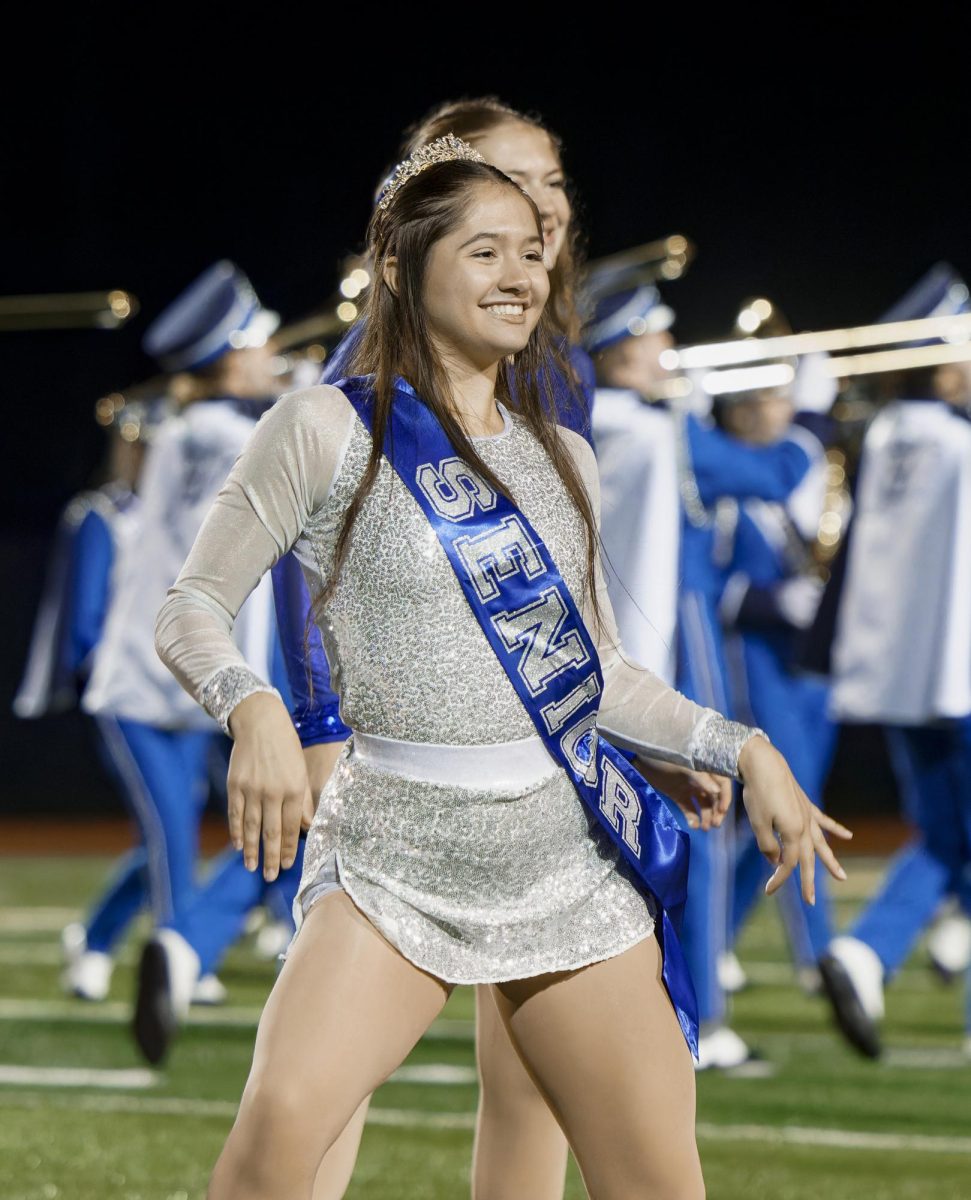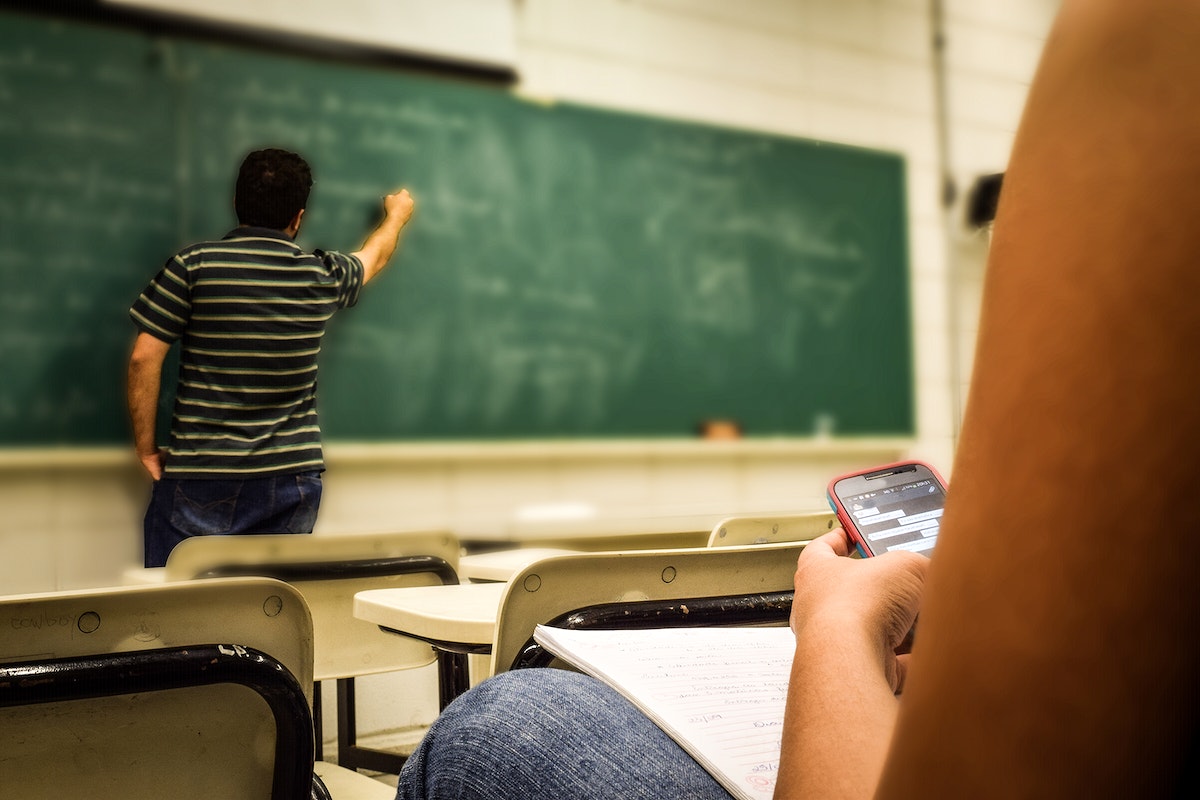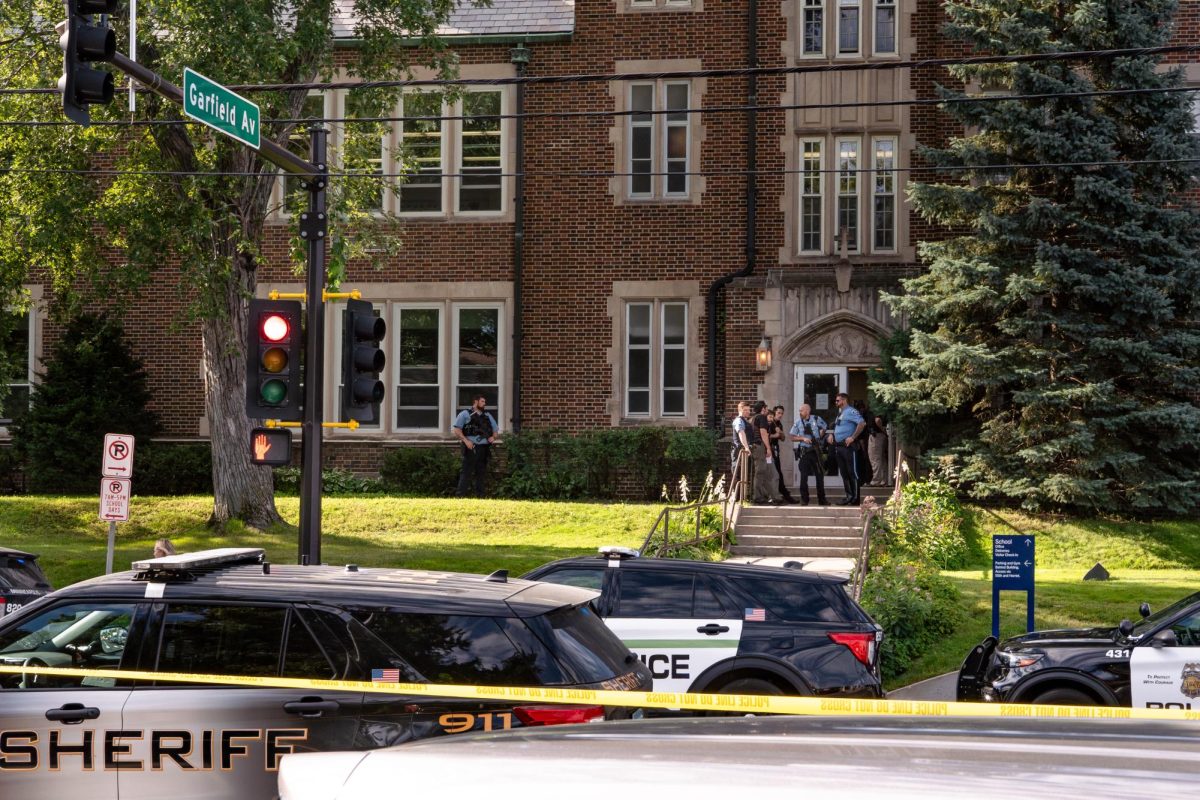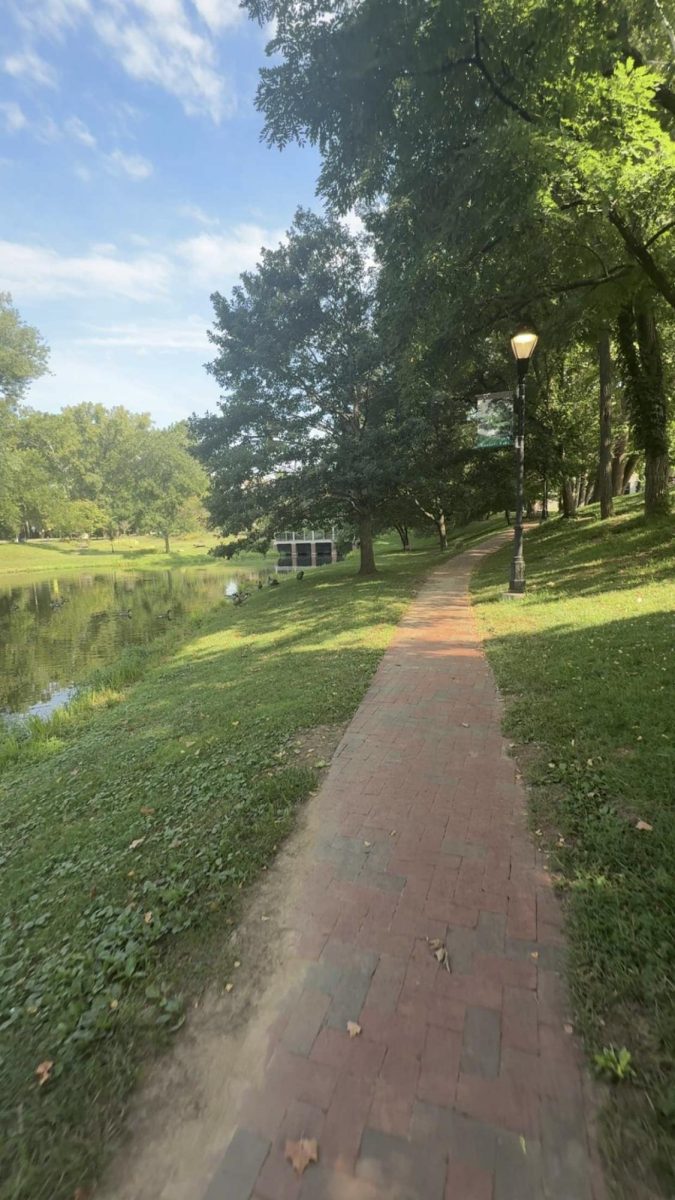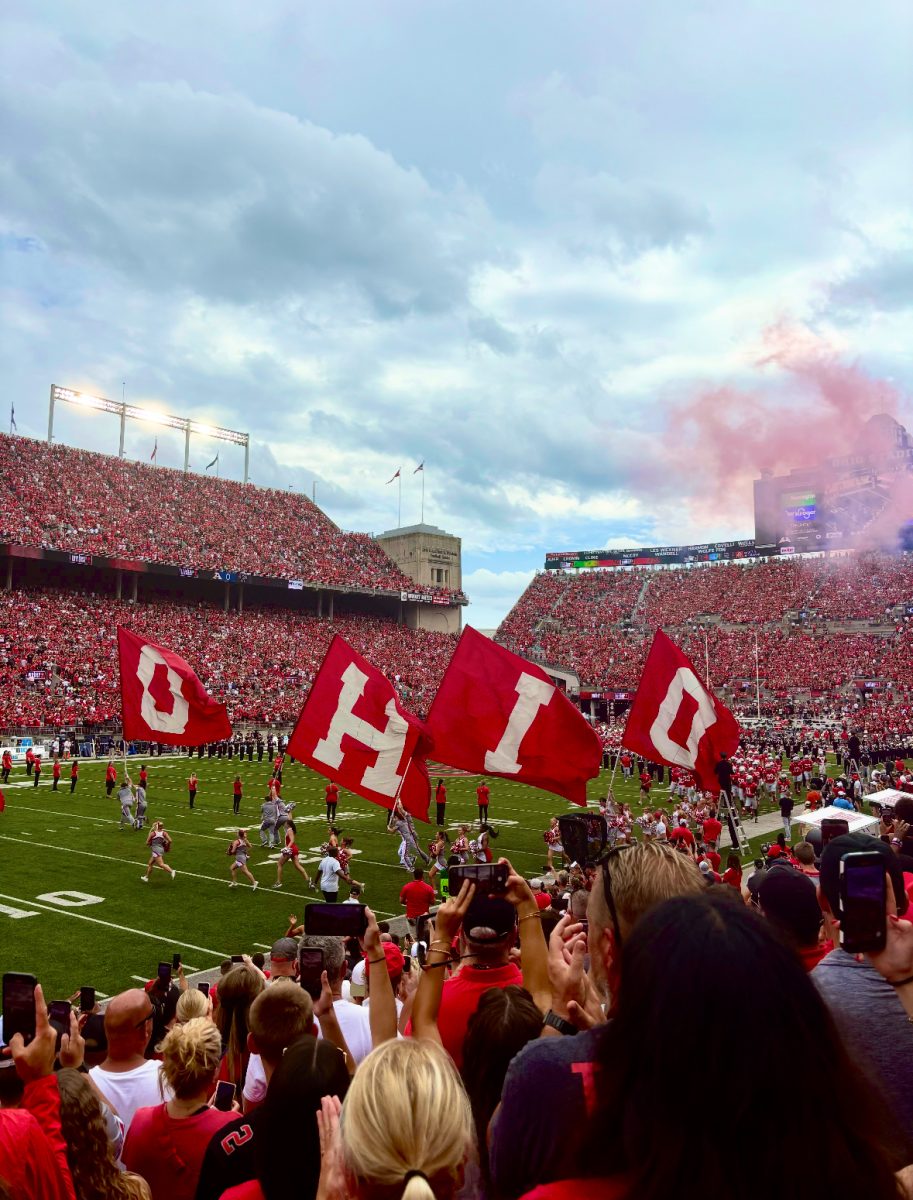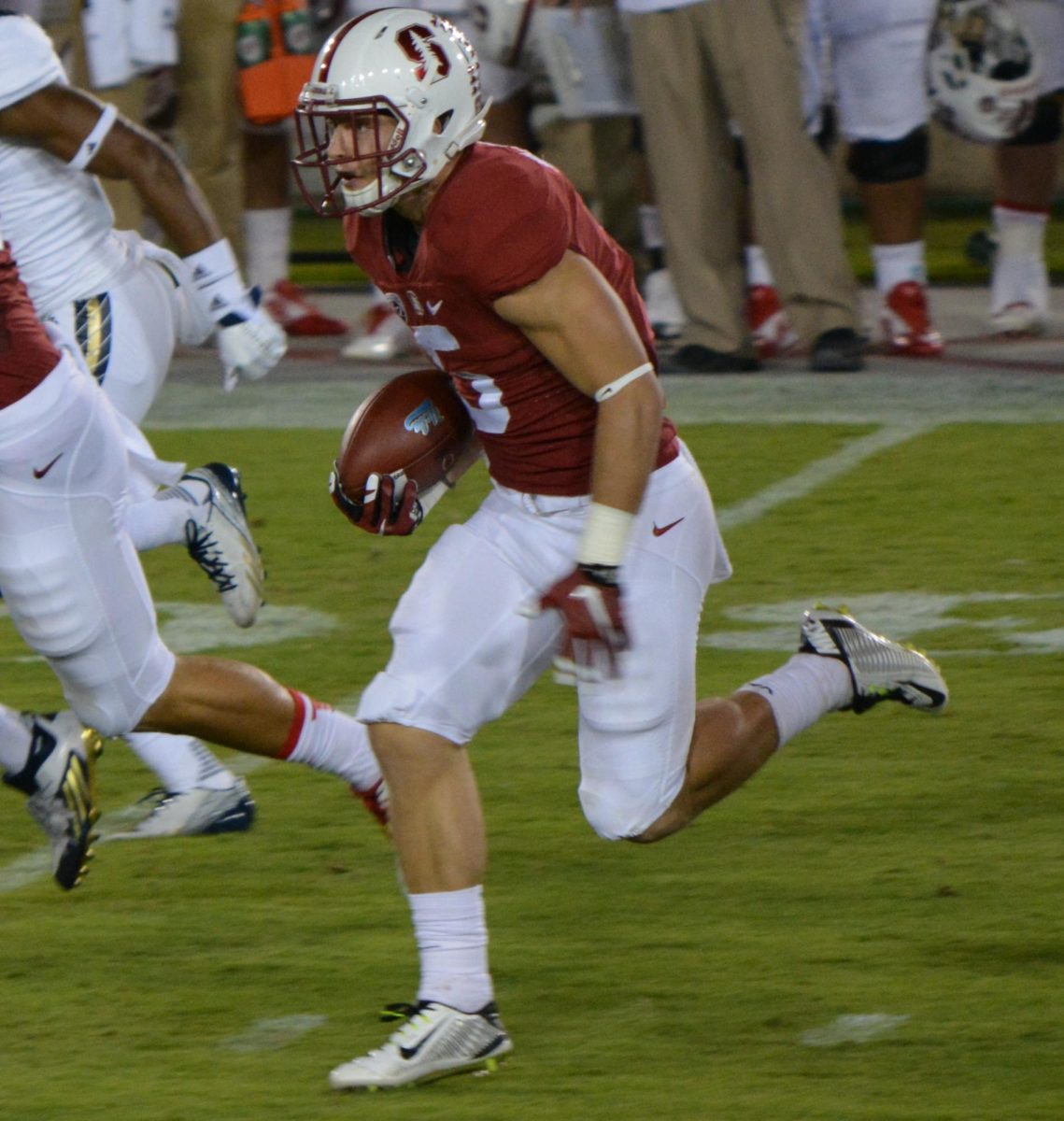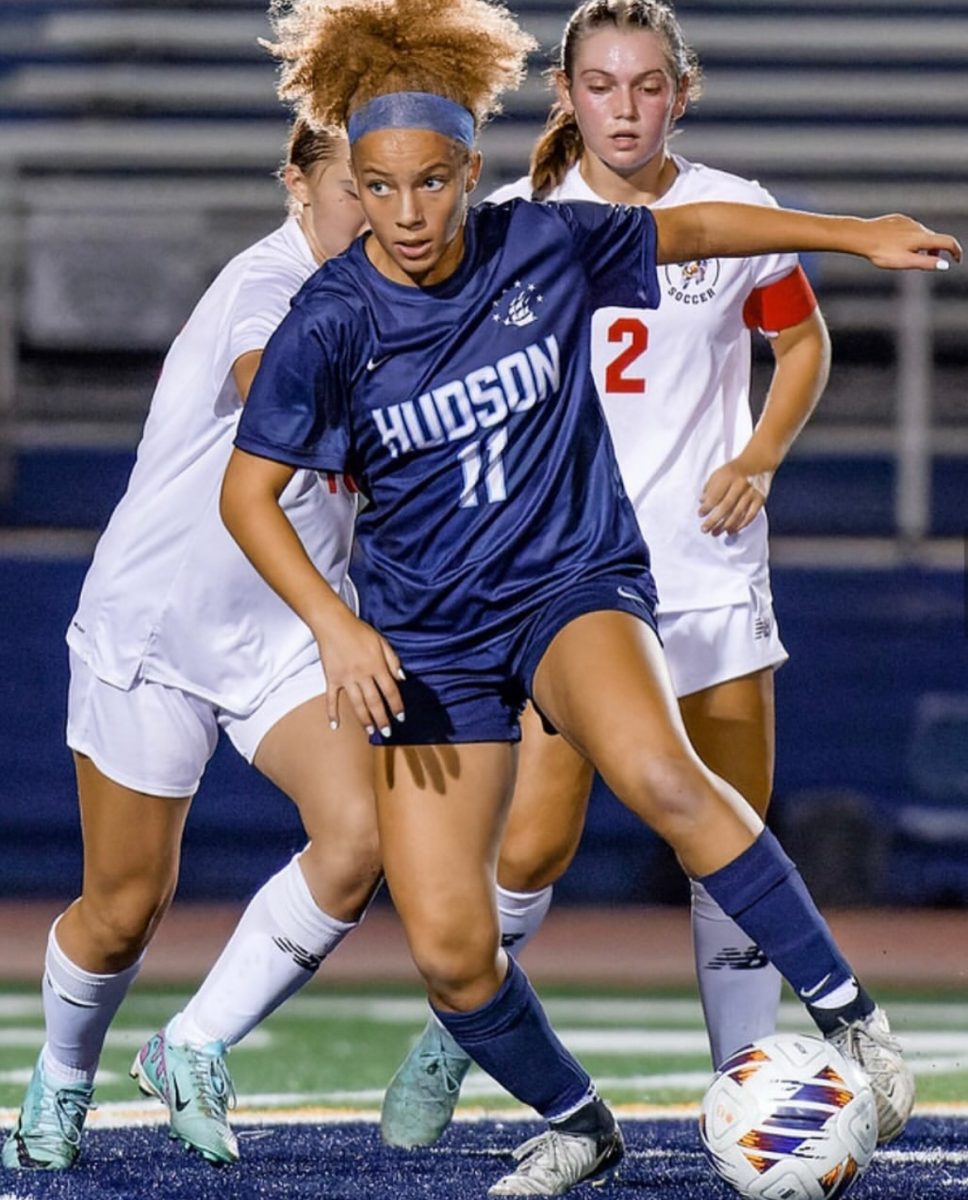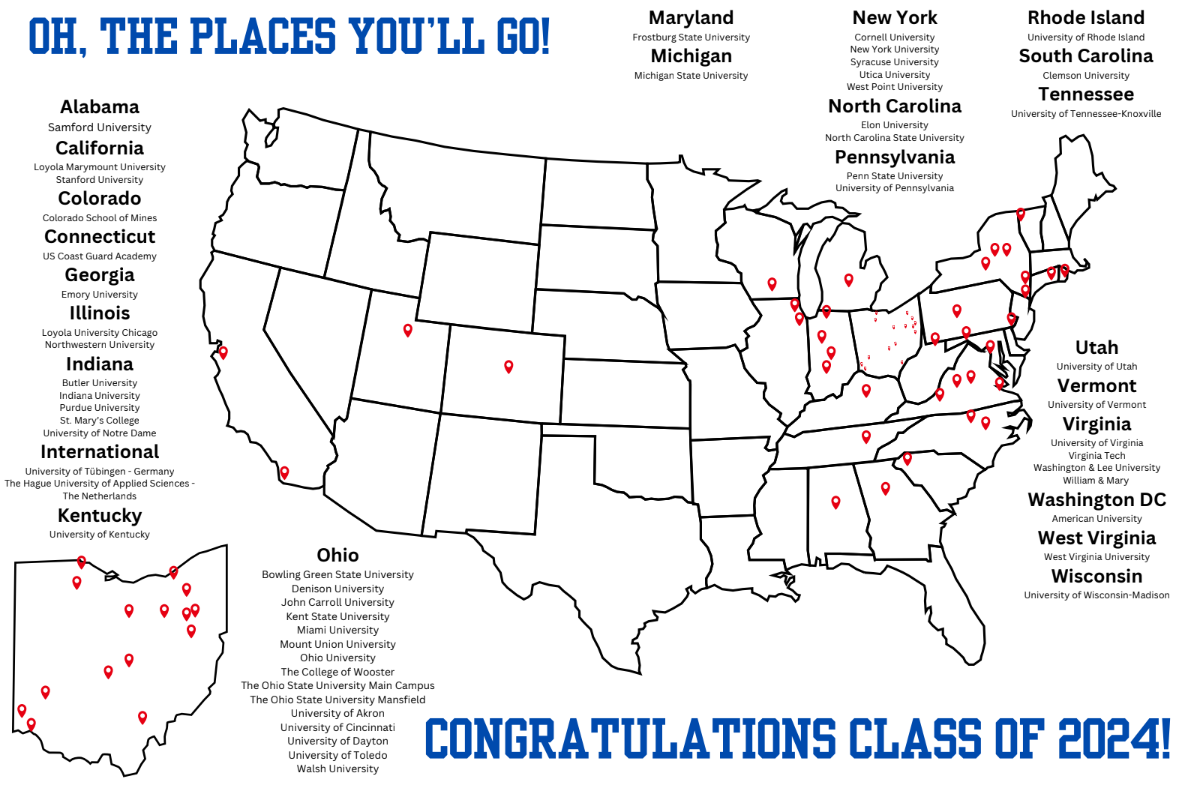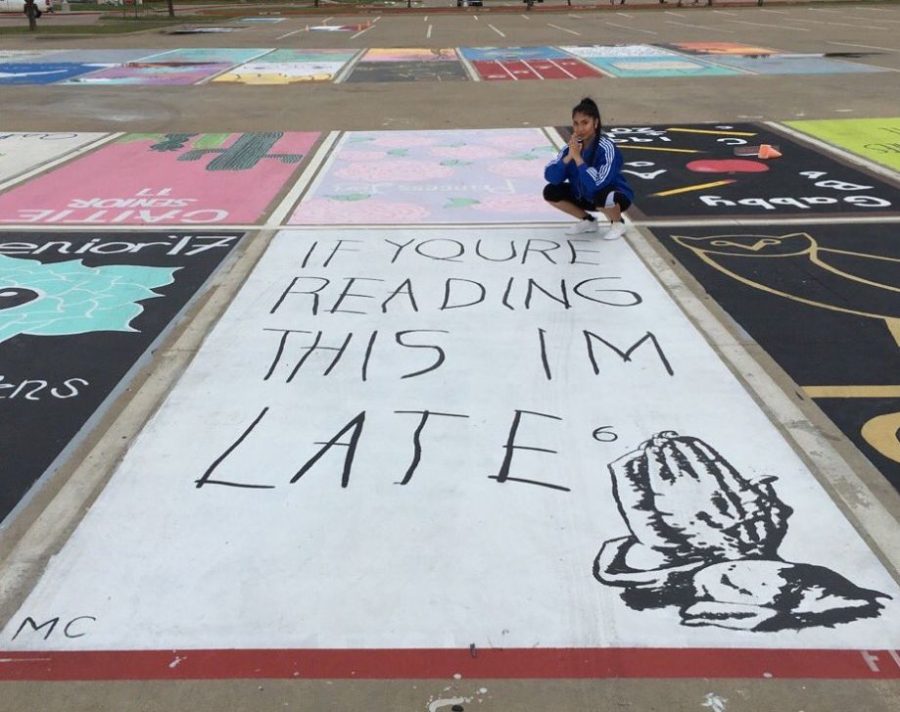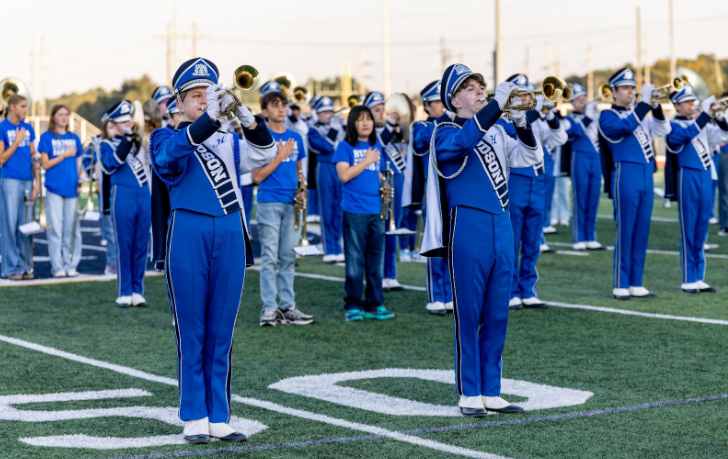Every Monday and Wednesday morning, I arrive at school over an hour early in order to lift with the golf team. When I get to school I always think how nice it is that I don’t have an assigned parking spot that forces me to park far away from the building, especially when I’m the first one in the lot. Every other morning I arrive nearly thirty minutes early in order to snag a good parking spot, and every afternoon, after the bell rings, I practically run out of my last class because I know if I don’t get out of the parking lot fast enough, I’ll be caught in a sea of angry student drivers. The only reason I can quickly escape is because I get myself to school early enough to choose a good spot, a spot that is close to the school doors and the parking lot exit. My main takeaway: a system of assigned parking spots is unfair, and the problems that lie in school parking lots are not caused by the first-come, first-served system of parking, but rather in the dangerous and aggressive driving of high school students.
This problem, however, has led many to suggest implementing a system of assigned parking spots in school parking lots. They argue that it would lead to less chaos in the lots and ensure that every student has a spot. What they forget to account for is what happens when one person parks in the wrong spot or a student can’t fit in their spot because of a tree or snow bank, the unfairness for students who have to get to school early because of extracurricular activities.
A major issue often forgotten by supporters of an assigned parking system is that when one person parks in the wrong spot it causes a wave of problems for other students trying to park. Liam Sherman, reporter for the student newspaper Pine Whispers, argues that “one of the main problems that people have in the parking lot is that if one person parks in the wrong spot, it causes a chain reaction. Since one person misparked, the owner of the spot then has to mispark, and so on and so forth until a great many people are angry and in the wrong spots.” For the plethora of students trying to follow the rules and park in their own spot, discovering that someone, who doesn’t care about rules, has stolen their spot creates unnecessary problems for that student. In many schools they are supposed to go to the office to report the car occupying their spot, but many students have to rush to class and don’t have time to stop in the office.
Assigned parking spots also bring up the issues of what happens when there is something preventing a student from parking in their spot. An article written by Brynn McGrail highlights a pressing example of this problem. A junior, Rena Ouyang, had “issues with her spot at the beginning of the year because there was a fruiting tree over her spot that stained her car as well as a tree branch preventing her from parking.” Situations like this are a huge reason why assigned parking spots will create more problems than they will solve. To fix her problem, Ouyang had to switch spots with someone who had a smaller car. Similar problems occurred in other schools where snow banks were blocking some students from parking in their spots. Neither of these problems, nor similar one’s, would have occurred if the assigned parking system had never been instituted.
The unfairness that arises from assigned parking spots is also a major problem of this system. There are a lot of personal reasons students have for not wanting this kind of parking system. For some, this reason is the fact that they have to get to school early for their extracurriculars, but despite being one of the first people at school, they might be forced to park in the back of the parking lot. For others, the problem could arise from a financial standpoint; some students aren’t able to afford the parking pass that is required for an assigned spot. Stella Maximunk sees these problems and argues that “the first-come, first-served system is fair and should continue to be used. Regardless of classes and money, by coming to school early, it allows anyone who wants a parking spot to get one.” In systems like these, it ensures that all students have equal access to the parking lot, and provides equality for those who get to school early or can’t afford to pay for an assigned spot.
While first-come, first-served parking is the best way to ensure equal opportunities for students and not burden them with problems out of their control, it is not without its flaws. It is true that school parking lots are chaotic places and that it is not uncommon for minor accidents to occur. It is also true that the first-come, first-served system does breed some of this chaos, and assigned parking spots would lessen the stress of finding a parking spot. However, it is not solely the parking that is causing the problems; as previously stated, the way students drive accounts for a vast amount of chaos and accidents that occur. A better solution to solving the problems with school parking lots would be finding a way to decrease the dangerous and aggressive driving that plagues many high school students. That being said, while the first-come, first-served system is not perfect, it still offers a lot of benefits to student drivers and a system of assigned parking spots fails to fix, in entirety, the problems of school parking lots and their parking systems.





